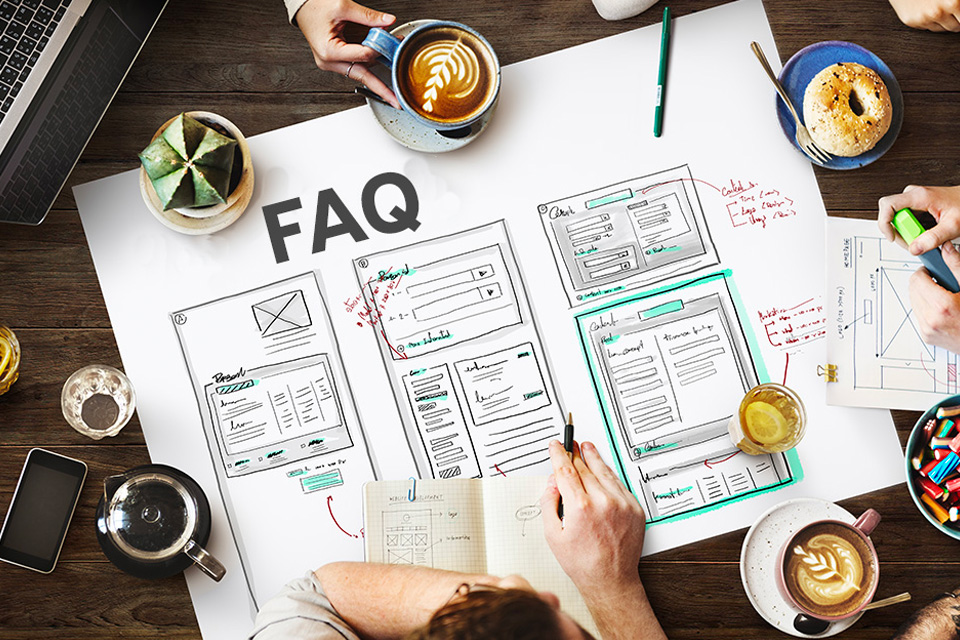Websites are one of the most strategic marketing tools you can build for finding and connecting with prospects and customers. Yet very few businesses get it right. For example, did you know:
- The top 2 online activities are search and email
- 93 percent of all website traffic comes from search engines
- 21 percent of searchers click more than one result
- 50 percent of search queries are four words or longer
When most people have a question or are looking to make a purchase, they head online and start searching. In most cases, they have no idea who you are. So they head to Google and start searching.
The search results pop up, and they start looking at the list. They read the first ranked item in the list, and maybe the second. They click. And they spend a few moments deciding if they like what they’ve found.
One of two things is going to happen at this point. They’re going to continue to read and click around, or they’ll leave. Obviously, the first is good, the second isn’t. Your goal as a business owner and a marketer is to improve the odds a visitor will click, read, and stay around, and decrease the odds they leave.
This is known as bounce rate. A low bounce rate means they like what they see, they read, they click, and they move around your site looking for more. A high bounce rate means they didn’t find high value and chose to back out of the site and look for something else.
A low bounce rate means your site is working well. A high bounce rate means your site needs improvement. You have poor website performance.
As online marketers, we’ve worked with a lot of websites in a variety of different industries. We’ve seen the good and the bad when it comes to website development. We also know that no matter how your website is currently performing, there is always room for improvement.
Do you want more results from your online marketing?
Does your website have these problems?
Users Leave When They Don’t Get What They Expected
When you perform a search, you have something in mind. You’re looking for a specific result.
If you don’t find something that supports what you’re looking for, you continue your search. You back out of the page you clicked to, and either move down the search results or head back to the search bar to refine your search term.
That’s why it benefits you to be as clear as possible with everything you create. That’s why your homepage should define your business, your blog content should focus on very specific keywords, and your navigation should lead people to where they want to go.
Web designers have tried lots of things to stand out from the crowd. Have you ever visited a site where the navigation was on the wrong side of the screen? Or you can’t find a particular page because they’ve named it something “cute”? Frustrating, right?
The online world may still have a lot of “wild west” left in its growth, but certain things are already fixed in place. Like where the navigation should be. And a clear message in everything you create.
A high bounce rate means there’s a disconnect between what they’re looking for and what you provided.
You can evaluate your site by looking at every page. On every post, do your titles match the content delivered? When you click on your navigation, does it lead to logical pages? If not, it’s time to fix it to ensure your reader enjoys every step.
Users Leave When Your Site Is Unusable
When websites were first introduced, they weren’t much more than an online brochure. They had a homepage, a products or service page, an about us, and a contact page. Five pages was considered a great site.
Oh, how times change.
If a site doesn’t say anything today, a user backs away without a second thought. A website should be so much more.
Content. Details. Depth. Information. Entertainment. Yep, websites are designed to be your sales team and customer service representative, all rolled into one.
Yet no matter what you build into your site, it had better work.
- A dead link can lead your visitor into a place of frustration.
- A site with high load time will have your visitor clicking away.
- A landing page that doesn’t match their intention will leave them scratching their heads.
- A sign-up page that doesn’t return with a thank you page will increase their doubts.
Now, don’t think this means the content on your site needs to be never-ending. Some of the simplest sites in the world are the most effective. Bells and whistles aren’t mandatory. What is is a clear pathway for your visitors to navigate, and a commonsense approach to everything they do.
Users Leave When They Don’t Know What To Do
We’ve all been to websites that take the Chinese menu approach to design. There are so many pathways and things to click on, you leave dazed and confused.
People love options. But people hate too many of them.
If you’ve ever had a small child in your home, you know they love being in charge. Every decision they make is a big deal.
You’ve probably also discovered that too many options lead to a whole lot of arguments. And who needs tantrums morning to night? Take, for instance, getting dressed in the morning. If you open up their closet doors and ask what they want to wear, a fight is inevitable. But if you select two options and ask “this or that”, you’ll both leave without incident.
We don’t change much just because we age.
We still want to select – that’s our right!
But to think beyond “this or that”?
That Chinese menu on your homepage is dazing and confusing everybody that clicks through. They want the “this or that”. They want help deciding where to go next. They want to be lead by the hand and taken to what matters most.
The more you understand your customer, the better you get at doing that. If you know exactly what they want, you can speak their speak. You can write exclusively for them. You can direct them where you want them to go.
And if that concludes in a sale, all the better for you.
So how’s your website. Does it have the best website performance it possibly can have? Or are you in need of a little help? We’re happy to take a look and help you get back on track.




